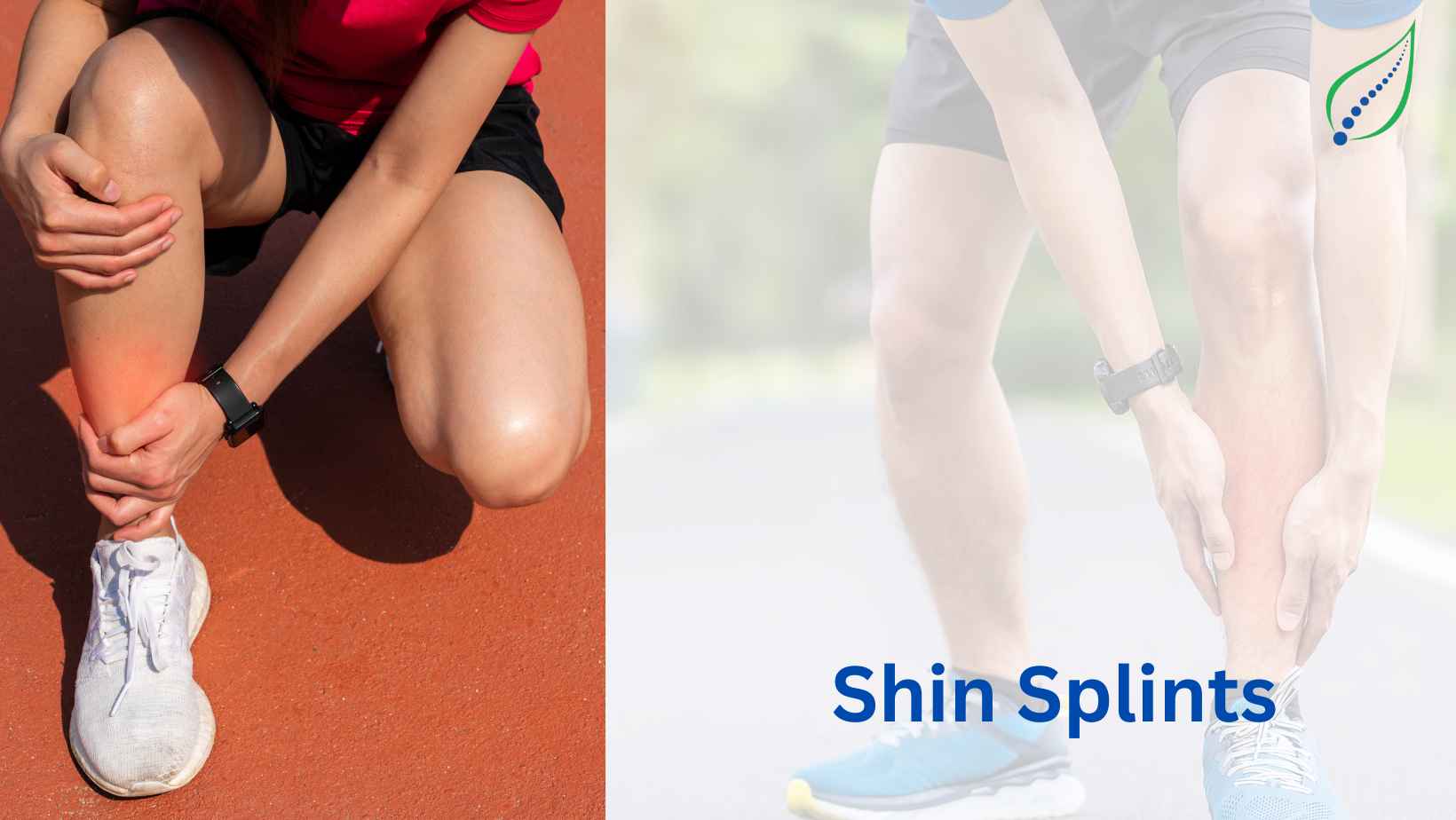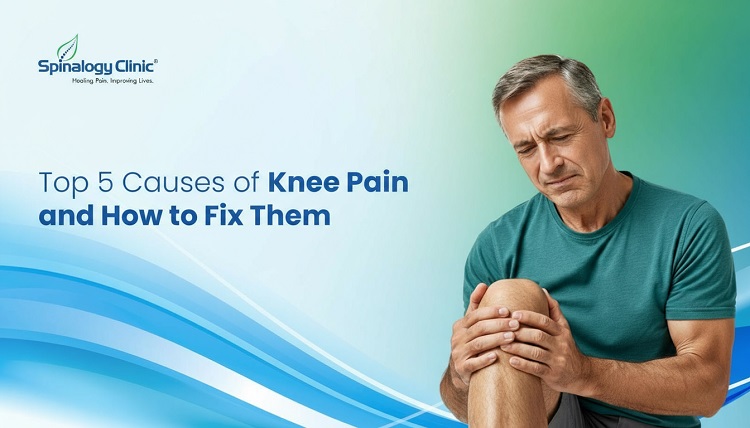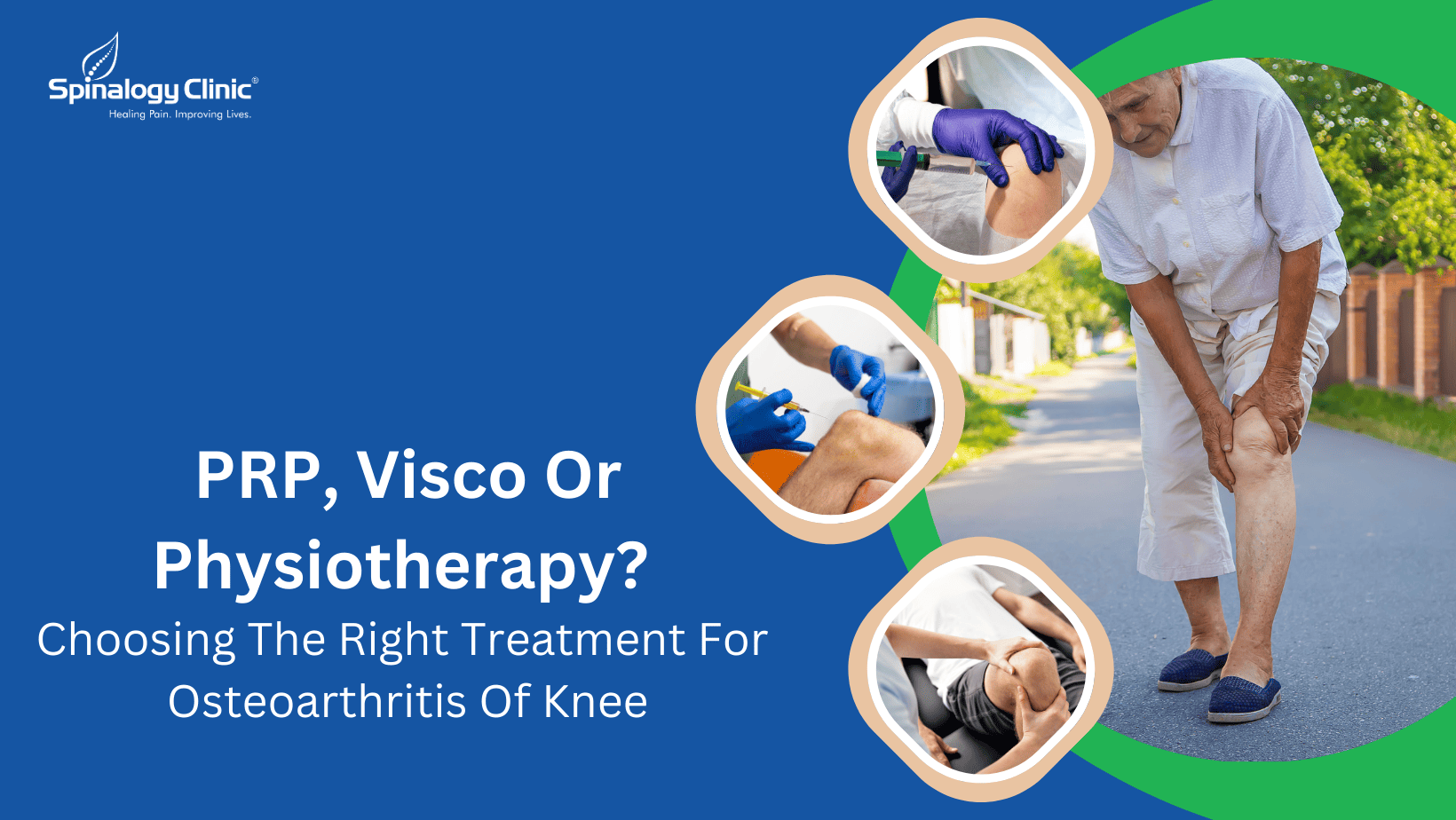Shin Splints
Medial tibial stress syndrome is the medical term for Shin Splints which involves pain in the shinbone and the surrounding tissues. Athletes and people who run daily are at a higher risk of developing this condition as these activities can put undue stress on the feet and legs. When the shinbone and connective tissue experience consistent stress for too long, they can get inflamed and cause pain.
Although shin splints can affect anyone, certain people are at a higher risk due to other deformities and activities.
A flat foot is a condition in which the arch of the foot is absent and therefore the person may experience discomfort in the foot while walking and running for too long. Having a proper warm-up routine before working out is very important as sudden vigorous exercise can cause muscle pain and discomfort.
Wearing the wrong size of shoes can also put undue pressure on the shinbone and irritate it.
Obese people or those who have weak ankles are also at a higher risk of developing shin splints as the body is unable to distribute the weight properly, putting pressure on the ankles. Having a strong core and muscle strength is very important in preventing shin splints and people who are physically active are always at a higher risk. Intense exercises or working out in the wrong posture can also trigger pain in the shinbone.
Treatment
Your doctor will go through your past medical records and conduct a physical exam. X-ray or some other imaging test might also be recommended to look for any broken bones.
Resting is very important if you are experiencing pain in your shinbone and will considerably speed up the recovery process. Ice pack therapy has shown to do wonders in treating pain and needs to be done every 3 to 4 hours for a few days on the affected area.
If you have flat feet then putting insoles in your shoes can help in walking and running.
If the pain is still persistent then taking over-the-counter drugs can help in easing the pain. NSAIDs along with hot/cold therapy are a very effective way of treating shin splints.
Shin splints can take up to 6 months to heal completely and need to be properly cared for to ensure a quick recovery. Performing harsh exercises such as running for too long or jumping back to sports can severely damage the shinbone to a permanent excess.
Taking professional help can greatly impact your recovery. NSAID’s along with physical therapy and ergonomics will help for restoring mobility and also regain strength in the affected area. You need to be careful and check for fractures or any other damage to the bone. Your doctor will keep you well informed about the extent of your injury and the treatment plan, ensuring safe recovery.




